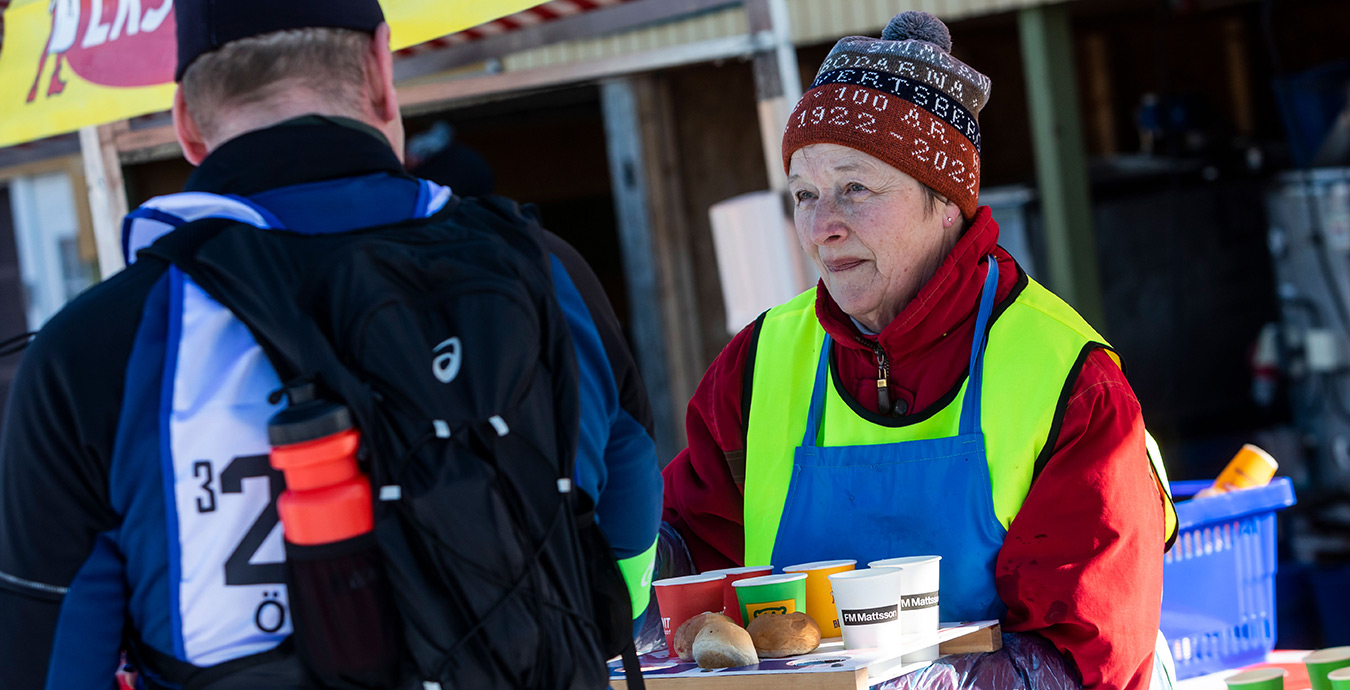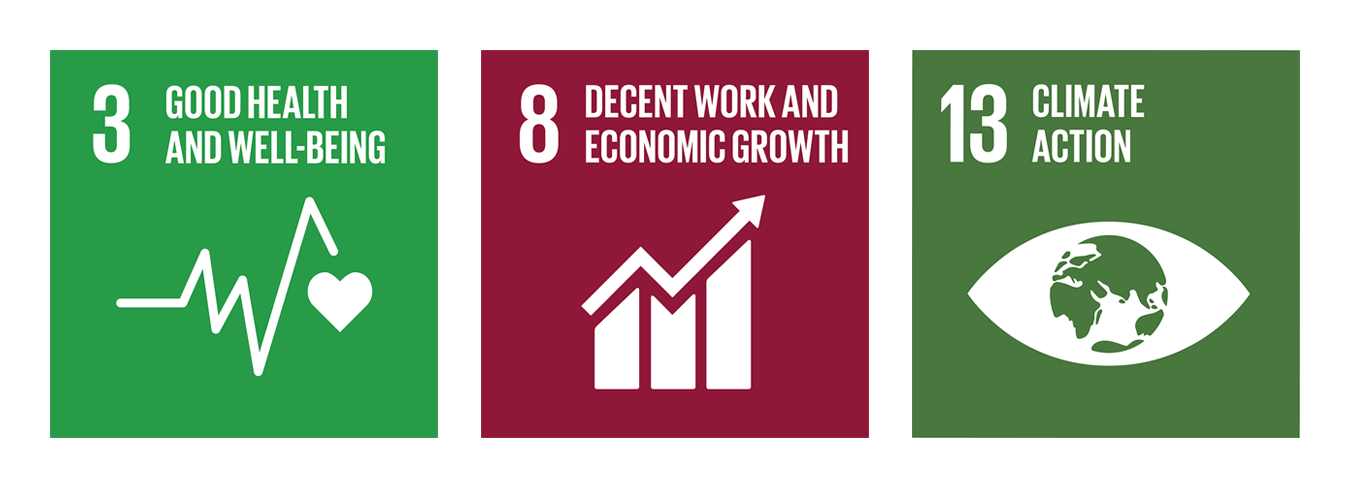Vasaloppet is a completely non-profit organization. It comprises people from clubs and associations who come together to help others get active. The surplus from our events is reinvested into the sporting community to enable more people to train and thrive together. The tradition and culture we’ve built over 100 years are unique to our region, and it’s something we cherish and preserve with care.
Vasaloppet supports the UN’s 17 global Sustainable Development Goals, focusing on three where we believe we can make the most impact:
- Good health and well-being (Goal 3)
- Decent work and economic growth (Goal 8)
- Climate action (Goal 13)
Read more about the global goals
Social sustainability
Vasaloppet’s overarching goal in social sustainability:
- To strengthen people’s resilience through improved physical and mental health.
We strive to involve and engage more people in our activities. By lowering barriers and opening doors, we aim to provide greater access to physical activity, nature, and culture. Examples include:
- Inspiring people to prepare for races and remain physically active.
- Partnering with organizations to motivate people to start exercising.
- Developing our offerings to meet participants’ evolving needs, ensuring each race is accessible and appealing to many.
- Communicating in ways that build trust and confidence.
Environmental sustainability
Vasaloppet’s overarching goals in environmental sustainability:
- To ensure all our own and purchased transport is fossil-free by 2035.
- To prioritize measures that make participants’ travel more sustainable, as this represents the majority of Vasaloppet’s climate footprint.
We focus on sustainable transport, clean water, renewable energy, responsible consumption, and biodiversity. Together with our partners, we promote the long-term and responsible use of natural resources. Examples include:
Where we have direct control
- Working to modernize our transport and transition to low-emission and fossil-free alternatives like electric and hydrogen-powered engines.
- Improving practices in food and beverage, production, and energy use.
Where we can influence
- Encouraging participants to travel sustainably by offering public transport options and promoting carpooling or fuel-efficient alternatives. We’re also working towards expanded charging infrastructure.
- Collaborating with partners to build knowledge and create solutions that encourage sustainable travel choices.
In 2024, Vasaloppet will conduct a follow-up measurement of its climate footprint, forming the foundation for continued work in environmental sustainability.
Economic sustainability
Vasaloppet’s overarching goal in economic sustainability:
- To ensure Vasaloppet can continue and enable its operations indefinitely.
We aim to run our organization sustainably for many generations to come. To achieve this, we systematically build on our rich tradition with strategies, business development, innovation, and continuous improvements. Examples include:
- Ensuring all our financial surplus is reinvested in sports and community associations.
- Operating with a long-term perspective and maintaining quality and financial stability across generations.
- Regularly evaluating economic sustainability to ensure stability beyond short-term plans.
The page was uppdated 2024-12-17




